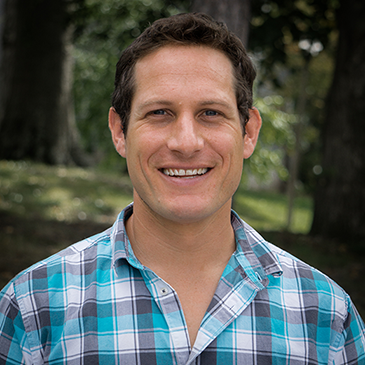- Watch: Full Session Recording (YouTube)
- Download: Slides and Q&A (PDF)
Hundreds of dams built on tributaries of the Hudson River estuary have outlived their usefulness. Removing these relic dams is a priority for the state of New York in order to improve aquatic habitat connectivity, restore fish spawning grounds, and reduce the risk of dam failure. To better understand how sediment released by dam removals in the Lower Hudson River watershed will affect the 240 km-long estuary, including the potential for dam-derived sediments to help build tidal wetland resilience in the face of sea level rise, the Dams and Sediment in the Hudson (DaSH) project brought together a collaborative team of scientists and stakeholders to research key questions and provide practical tools to regulators and practitioners.
In this webinar, project team members shared how their multidisciplinary approach - which combined field observations with analyses of sediment transport, and integrated feedback from a broad coalition of stakeholders - allowed them to answer questions about how dam removal will impact conditions in the estuary. They presented key findings about marsh accretion and introduced a tool they developed that allows engineers and regulators to estimate the amount of sediment stored behind a dam and assess preliminary impacts of sediment release following dam removal. To learn about their findings and tools visit the DasH project page.
Learn more about speakers:
 | Sarah Fernald is a marine scientist and is responsible for managing long term monitoring and research at the Hudson River NERR (See: program | |
 | Brian Yellen is a geologist that specializes in watershed processes and the movement of water and sediment (See: bio). For this project, Brian led the sediment core sampling behind dams and in tidal marshes. He found that sediment supply to marshes in the Hudson River is high enough to keep pace with sea level rise, and human-made structures accelerate marsh formation. Brian also led the development of the dam sediment estimation tool. | |